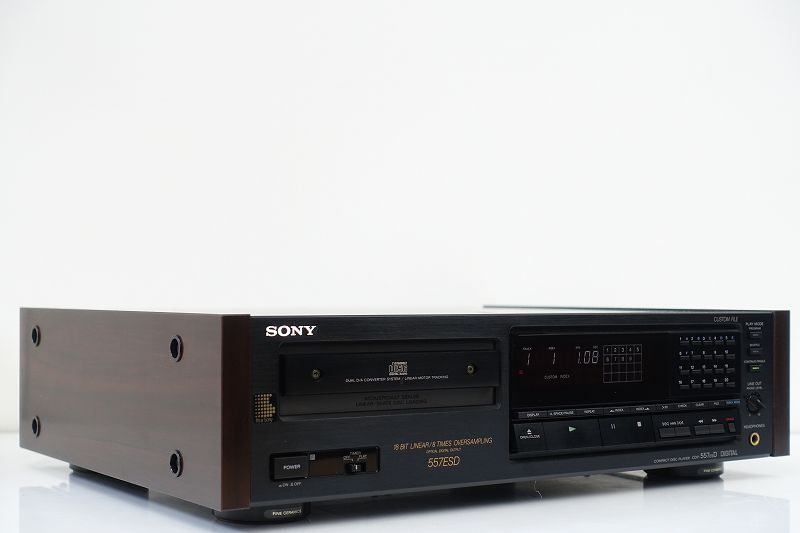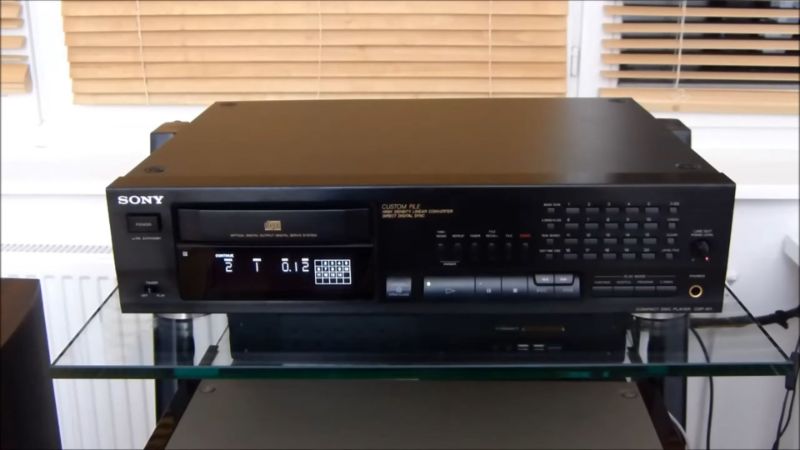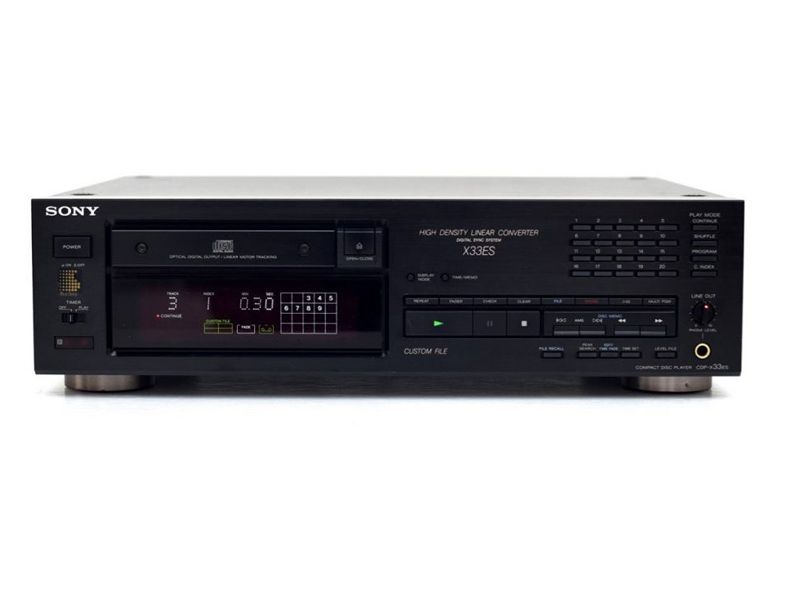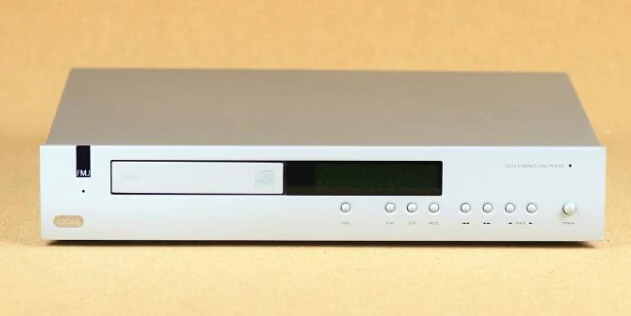In 2002, the Classik bridged the gap between audio and hi-fi by combining a CD player, amplifier, and tuner in a midi-sized box for £995. This is where the company’s issues began, because customers who were interested in ‘lifestyle’ systems were unlikely to have heard of Linn, and even fewer were likely to visit one of the company’s retail locations. Audio purists on first-name terms with their local hi-fi merchants, on the other hand, may have dismissed the Classik as a low-cost, ‘entry-level’ product. In actuality, the reality was somewhere in the middle — it was a well-thought-out plug-n-play bundle with everything a new millennial music fan could want…
A CD player with a superb transport and Delta Sigma DAC, as well as a 75W amplifier with aux, tape 1 and tape 2 inputs, as well as tape, preamp, and headphone outputs, were housed inside its nicely completed metal housing (vital data 6kg, 80x320x325mm). There was an AM/FM tuner with eighty user-definable presets and a digital signal strength meter included. For bi-wiring, there were two sets of speaker connectors around the back.
Despite its small size, the Linn proved difficult to operate due to fussy buttons and a crowded, plasticky remote. It was a bit of an ergonomic dog’s meal, with everything from treble, bass, and balance buttons to independently switched listen and record options. On the back panel, there was a digital clock with timer and sleep functions, as well as a switched AC outlet. This meant that your Classik could both wake you up with music and boil your coffee, as Linn pointed out at the time. It was well-built for the price, with good features like automated source selection and muting while switching between sources. Indeed, it was brimming with practical, real-world features for music fans.
It sounded fantastic, far superior to any combo of £330 CD player, amplifier, and tuner I’d heard at the time. There wasn’t a jagged edge to be seen, and it was extremely elegant and sophisticated for the money. You got a well etched midband with a lot of detail, smooth and refined strings, and forceful and immediate voices. Drums, particularly snares and rim shots, were machine-gunned with a ferocity that other similarly priced separates systems couldn’t equal. It thrives on high-octane rock, drawing a direct line between the music’s rhythms and dynamics, resulting in pure fireworks with a sense of drama and occasion. There’s also no indication that you’ll run out of power until you reach really high levels.
The beauty of Linn’s first Classik, aside from its size and appearance, was that you could just take it out of the box, put it in, and enjoy fantastic hi-fi sound with minimal effort. You immediately had a serious hi-fi system at your disposal, ready to play music, in a matter of seconds. By name, it’s a classic, and it’s a classic by nature!







